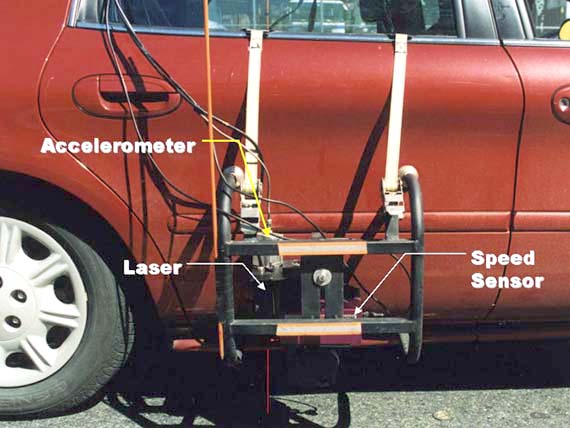The condition of the city's streets and roads -- their rideability, state of repair and smoothness -- was considered critically important by almost two-thirds of focus group participants in the Center's first round of focus groups and by over three-quarters in the second. Roadway maintenance continues to be one of the lowest rated city services. There are no existing measures for this service that resonate with the public.
The Center on Municipal Government Performance adapted and then introduced laser-scanning (profilometry) technology and the International Roughness Index to New York City's streets. This technology provides objective, accurate, replicable data about the surface smoothness of the streets. In 1997 and again in 1999, test engineers drove a car equipped with profilometers that counted and measured every dip and rise encountered from potholes, bumps, misaligned utility covers, uneven repairs and more. The data collected were then analyzed to produce two indicators that New York City residents have identified as meaningful to them: Smoothness Scores - the percent of blocks rated acceptably smooth, using the ratings of a panel of New York city drivers to identify the acceptability range, and Jolt Scores - the number of significant jolts per mile encountered by a vehicle when riding on randomly selected New York City streets.
The Center has already tested the methodology and found that these new measures resonate with the public. The Center is now exploring the practicality of implementing them on a regular basis in various cities.



